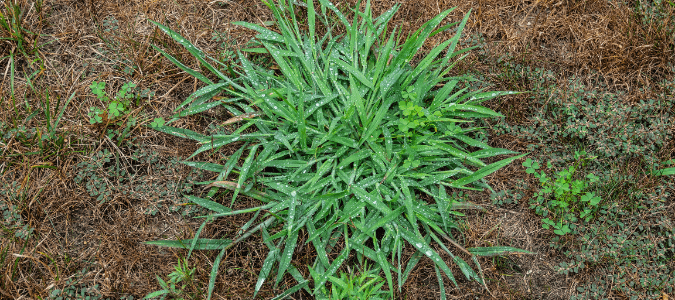
If you’ve ever seen clumps of grass in your yard that don’t match the rest of the lawn and seem to grow faster than anything else around them, you probably realized you have weeds. What you may not have known is what those plants are called or how to get rid of them. Two of the most common weed grasses to show up in most yards that are often mistaken for each other are dallisgrass or crabgrass. Let’s take a closer look at the similarities and differences between dallisgrass vs. crabgrass so you can learn how to identify each type and what steps you can take to maintain a lush, weed-free lawn. For starters, let’s take a look at dallisgrass.
Dallisgrass
Dallisgrass migrated north to the U.S. from its native home in South America. Dallisgrass is a coarse, clumping grass that spreads from short, thick rhizomes. It is identifiable by its grayish-green color and hairs that grow on the leaf collar and sometimes on the base of the leaf blade as well. Clumps of dallisgrass are stiffer and thicker than many other types of grass, which means they can actually be a tripping hazard for people who are walking across the yard. In addition, dallisgrass can be more difficult to control than crabgrass, as it can grow back from its root system each year, whereas crabgrass only sprouts from seeds. You can see a photo of this weed here.
Although this plant is considered a weed when it shows up, unwanted, in homeowners’ lawns, this grass is actually a pasture grass of choice for some ranchers, despite the fact that its seed heads are prone to developing a fungus during warm, wet summers that can be toxic to livestock if consumed. Homeowners, on the other hand, usually don’t choose dallisgrass at all; it simply shows up, unsightly and undesired, in otherwise intentional expanses of St. Augustine, Bermuda and other grass varieties. Since dallisgrass grows so quickly, it easily asserts itself between mowings in circular clumps that send off tall shoots with long, narrow seed heads attached at the tops.
Crabgrass
What is crabgrass? Also a weed grass that grows in circular clumps, but unlike dallisgrass, crabgrass (shown above) grows outward in a roughly star-shaped pattern that tends to lie low to the ground. As it grows, crabgrass spreads via new shoots of grass that grow a bit away from the center of the clump. If allowed to continue growing, it will become a raggedly star-shaped mat that can be a foot or more in diameter.
Both dallisgrass and crabgrass are invasive grasses that can be tough to eliminate or control, and dallisgrass can actually evade a lawnmower since its taller stalks are both smooth and coarse in texture. It is easier to prevent these weed grasses from growing in the first place than it is to get rid of them once they’ve started popping up. Many homeowners prefer to avoid using chemicals in their yards whenever possible, and besides, many of the herbicides that target dallisgrass and crabgrass can also harm other, desirable grass varieties. So what are the best ways to keep dallisgrass and crabgrass from invading your yard?
In most cases, maintaining a healthy, thriving lawn is the best defense against crabgrass, dallisgrass and other weeds. No matter which weed you have, chances are that you will be surprised how much effort it can take to keep these bothersome plants from popping back up. For homeowners who don’t have the time or know-how to tend to their yards with regular mowing, fertilizing, deep-watering and other treatments, it may be best to hire a professional lawn care service to handle their yards, including any weed problems that may develop. A qualified lawn care specialist can keep your beautiful outdoor living space in peak condition with proper, ongoing maintenance, which keeps your lawn healthy and prevent the growth of weeds before they take root.
Unfortunately, there are more than two grassy weeds out there, which makes it more difficult to determine exactly what grassy weed you may have in your yard.
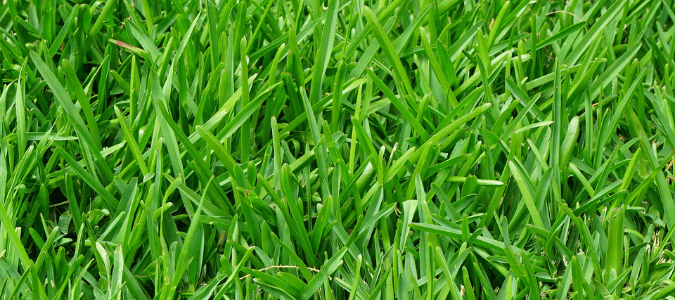
Bermuda Grass Vs. Crabgrass: How To Tell Them Apart
Another thing many homeowners wonder about is Bermuda grass vs. crabgrass and how to tell these plants apart. There are some distinct similarities between these two grass varieties, starting with the fact that both Bermuda grass and crabgrass are fast-growing and invasive grass varieties, but they are also quite different in appearance and how they grow, so it is relatively easy to tell them apart.
Bermuda grass is a more desirable type of grass than its weedy counterpart. Growing low to the ground with thin, darker-green grass blades, it is a popular choice for sod among homeowners who want a yard filled with attractive, hardy grass that can withstand plenty of foot traffic. It does well in warmer climates and, with proper maintenance, it can grow into a lush carpet that makes for the perfect lawn for many people’s recreational needs as well as their aesthetic preferences.
Crabgrass is not available in sod form as it’s not a type of grass people choose for a lawn. It is low-growing, like Bermuda grass, but instead of having narrow blades of grass like Bermuda, it grows in wider, lighter-green blades that, as we have already mentioned, spread out in a thick mat from a central star-shaped sprawl. Crabgrass is a weed that invades turf grass and grows opportunistically wherever it is allowed to flourish. It sprouts in late spring, especially in areas of the yard where bare soil along with plenty of water and sunlight encourages its growth.
One of the best ways to prevent crabgrass from growing in your yard is to make sure that your lawn is flourishing. Crabgrass is far less likely to move in on lawns of thickly growing, healthy grass without bare patches.
Another common weed homeowners deal with is one with quite a funny name: quackgrass.
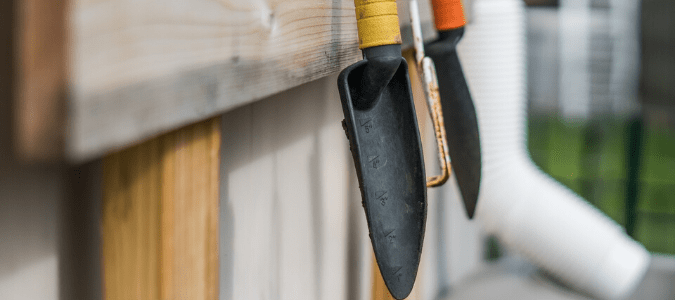
What Is Quackgrass?
Many people notice patches of their yard where tufts of grass seem to be growing a bit taller and faster than the grass around them and with thicker, softer-looking blades. If they conduct some research or ask around among knowledgeable friends, they might come across the term “quackgrass,” and want to learn more. Quackgrass itself is quite common and ubiquitous, but the name for it is surprisingly not well known. Quackgrass is a weed grass that spreads quickly and easily via seeds produced in early summer, and it often doesn’t respond well to herbicides that are typically used for weed control. You can see a few images of this plant on its University of California’s Statewide Integrated Pest Management page. For best control of this weed, it’s best to get started on removing it when it is still in its seedling stage.
Quackgrass seedlings are often reddish in color and develop near the soil with dark green leaves. These dark green leaves may also start to develop hairs. Larger quackgrass plants will have leaves that grow up to a foot in length and will grow to be a tenth of an inch in width. When this plant develops seed heads, it will be easier to identify, as these seed heads grow long, narrow spikes that can grow between 2 and 8 inches in length, with seeds that are arranged in two rows.
Unfortunately, once established, quackgrass can be rather difficult for homeowners to control, like most of these other unwanted plants. Some people have found success with multiple applications of chemical herbicides, while homeowners who prefer to avoid harsh chemicals as much as possible might opt for fertilizing their lawns in order to encourage thick, lush growth of their preferred grass, thereby choking out the quackgrass (along with crabgrass and other undesired weeds).
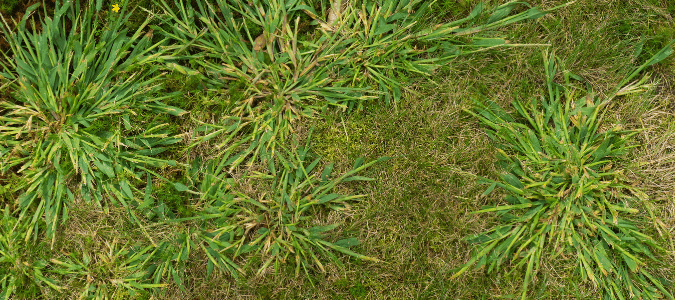
Common Grassy Lawn Weeds And How To Get Rid Of Them
There are many varieties of common grassy lawn weeds that seem to find their way into the turf of many yards. Some common grassy weeds (some of which we have mentioned earlier) include:
- Crabgrass
- Dallisgrass
- Annual bluegrass
- Bahiagrass
- Goosegrass
Many of these weeds are tough to eliminate once they have become established in a yard. In most cases, the very best, most effective way to have a weed-free yard is to prevent these plants from growing in the first place. This is done by taking steps to ensure that your lawn is healthy and growing thickly.
Here are some steps any homeowner can take to promote a healthy lawn:
- Mow regularly during the peak growing season of your lawn’s particular grass variety—summertime for warm-season grasses like St. Augustine, Bermuda and zoysia, or spring and fall for cool-season grasses like ryegrass, Kentucky bluegrass and various types of fescue
- When you mow, make sure to set the blade at a medium height and never to cut more than one-third of the grass’s height at one time
- Aerate your grass during its peak growing season, in order to encourage the flow of oxygen, water and nutrients to its root system and thereby support thick, lush growth
- Fertilize on the proper schedule for your grass, usually a few weeks after the grass has turned green in the spring and after the last frost has occurred
- Water your grass when needed, to a depth of six inches, but take care not to over-water
Following these steps can not only prevent weeds, but they can also help you to keep your lawn green in summer heat. However, if the above steps are more than your schedule or energy level will allow, consider contacting a lawn care professional who can maintain your lawn for you, so you can simply enjoy the healthy, thriving, weed-free results.
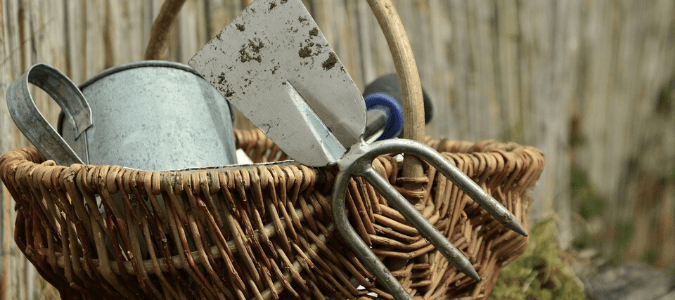
How To Get Rid Of Dallisgrass
If you’re wondering how to get rid of dallisgrass, you should know that it’s a good idea to keep the tips from the previous section in mind—mainly, taking steps to encourage the growth of a thick, healthy lawn in order to choke out all types of weeds, including dallisgrass. With dallisgrass in particular, it’s also important to prevent new plants from taking root or becoming established by digging out young dallisgrass plants by the roots, preferably before they produce seeds or form rhizomes.
If you hire a lawn care company to mow your lawn, make sure they use a mower with clean blades, since dallisgrass can be spread from one lawn to another via seeds that cling to the mower’s cutting elements. Similarly, if you mow your own yard, make sure to clean your mower’s blades after you’ve mowed over a patch of dallisgrass, to ensure that you don’t spread it to the rest of the yard.
A reputable lawn care specialist should know to keep their mower’s blades clean between lawn mowings, and they will also be able to determine the best approach to getting rid of any weeds in your lawn and maintaining lush, thriving grass for you and your family to enjoy.
ABC Can Keep Your Lawn Healthy So You Don’t Have To Worry About Weeds
Because grass-like weeds such as dallisgrass, crabgrass and Bermuda grass can be difficult to spot in their early growth stages and even more difficult to get rid of once they have become established, often the best way to stop these weeds from taking over is to have regular lawn service performed by a knowledgeable lawn care professional. The specialists at ABC Home & Commercial Services will be able to quickly determine if you have weeds and can implement a plan of attack so you don’t have to worry about these unwanted and unsightly plants taking away from your curb appeal. With ABC’s help, your lawn will stay thick and green so you don’t have to worry about weeds in the first place.
